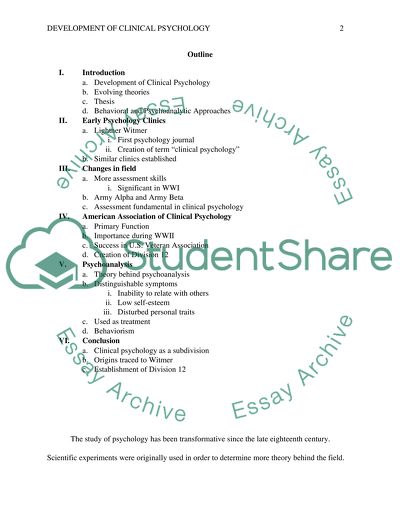Cite this document
(“Development of Clinical Psychology Research Paper”, n.d.)
Retrieved de https://studentshare.org/psychology/1390879-final-paper
Retrieved de https://studentshare.org/psychology/1390879-final-paper
(Development of Clinical Psychology Research Paper)
https://studentshare.org/psychology/1390879-final-paper.
https://studentshare.org/psychology/1390879-final-paper.
“Development of Clinical Psychology Research Paper”, n.d. https://studentshare.org/psychology/1390879-final-paper.


